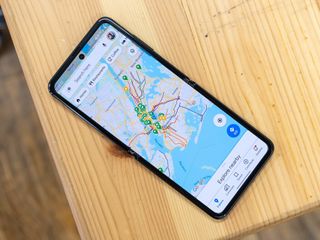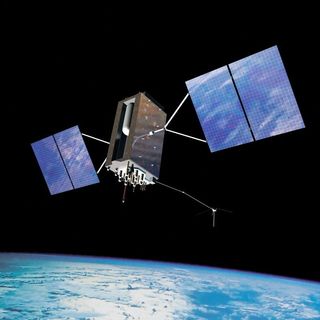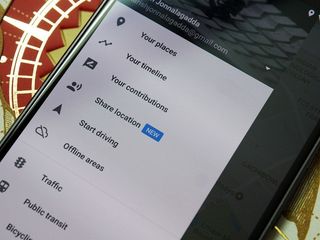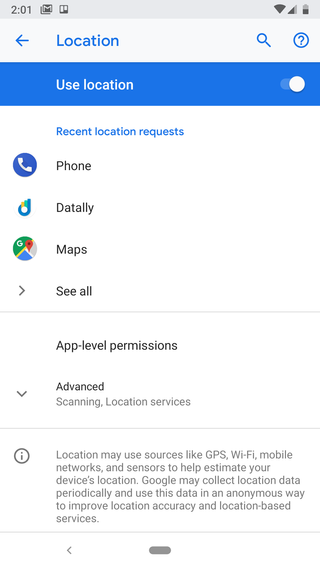
When you purchase through links on our site, we may earn an affiliate commission. Here’s how it works.

One of the best features of any great smartphone is the way it can determine where you are while you're there. This has some downsides — horrible location-based ads or tracking your movements come to mind — but being able to see where you are, where you need to be, and exactly how to get there is awesome. Your smartphone has replaced your TomTom. Thank goodness.
All this magic happens the same way on every phone from every company making them, regardless of the operating system. Several components work together to pinpoint you (often with amazing accuracy), and the software can intelligently pick the best way to make it happen. If you need very precise location information for something like navigation, GPS is usually called up to do the job. What follows is a short explainer of just how GPS works on your smartphone.

GPS stands for Global Positioning System. It's a technology developed by the U.S. Navy and currently owned (yes, owned) by the U.S. government and overseen by its Air Force. It's free for everyone to use and primarily a North American utility even though GPS is commonly a regional name for the same sort of system in other locales.
GPS is a radio navigation system. It uses radio waves between satellites and a receiver inside your phone to provide location and time information to any software that needs to use it. You don't have to send any actual data back into space for GPS to work; you only need to be able to receive data from four or more of the 28 satellites in orbit that are dedicated for geolocation use.

For starters, you probably use AGPS — Assisted Global Positioning System — when you want your location from your phone. As mentioned, GPS radios use a lot of power, and unless they stay in constant use, it can take up to a minute each and every time you get new data. Since you usually want your location while on the move, that can be a burden.

That's an easy question: Neither, because you'll want to use both.
AGPS is required for best performance, using battery life and speed as metrics. We want our phone to know where we are in real-time, not to use a lot of battery power to do it and to be able to refresh whenever the software needs it without waiting too long for a good GPS lock. AGPS location isn't as precise as a true GPS location will be, but it's a good start, and the micro-adjustments that can be made with true GPS data when it refreshes makes up for most discrepancies.
As mentioned, AGPS needs a cellular connection. That means there are cases where GPS is preferred. Any time you have no data connection, you'll be unable to use cellular-assisted GPS. The same goes when you don't have a good enough connection to any cell towers in range of your phone. Most apps that require location also require a data connection, but some, like Geocaching apps, live on your phone's storage and will work while you're off the beaten path looking for hidden treasure.
If you have a need to share your location, you'll want to enable everything you can. Just remember, you can turn it all back off when you no longer need it.